Why you can trust TechRadar
Battery life
- 3,300mAh battery
- micro USB charging
- No fast charge
The Samsung Galaxy A7 has a 3300mAh battery which doesn't seem unusual for a phone with a 6-inch display. However, Samsung's Experience UI is impressively well optimized for enhanced power efficiency. As an add-on, the A7 packs many battery saving tricks up its sleeve.
In real-life usage, it offers a decent battery backup with around 8 hours on a regular work day for me with mixed usage. My usage primarily included around 1.5 hours of voice calls, frequent peeking into social media accounts and WhatsApp, and sometimes 2-3 rounds of PUBG Mobile.
It takes time to charge, clocking about 2 hours to completely charge from zero. On most occasions, I used to charge it overnight and it lasted till 10 PM without needing a charge. Stressing the battery with intensive tasks and operations might bring it down to 5-6 hours on full charge.
From our standard video playback drain test. 90 minutes of 1080p video playback at maximum brightness takes 14% off the battery.
The biggest downside of the phone is its dated micro USB port for charging. It's hard to understand why Samsung has refrained from upgrading to the USB Type-C on a phone of this range. Not just this, but it also lacks support for fast charging, which is again a bummer.

Camera
- Triple camera
- 120-degree ultra wide lens
- AI powered software
The Samsung Galaxy A7's camera seems like an all-round package, at least on paper. It includes three cameras on the rear and one on the front. The primary 24MP sensor (f/1.7, PDAF) relies on pixel binning for better details, the 5MP sensor is used as a depth sensor to fuel portrait mode and the 8MP sensor (f/2.4, 13mm) for shooting in wide angle mode.
Opening the camera app, you'll stumble upon tons of modes and options to get creative with the camera. The good part is that they are placed neatly in Samsung's laggy camera UI. There's a list of modes on the top where you can scroll through options like beauty, live focus (portrait mode), scene optimizer, slow motion, hyperlapse and AR Emoji. Swiping left and right on the screen takes through the modes while swiping up or down switches between the front and rear camera.
Sign up for breaking news, reviews, opinion, top tech deals, and more.
While the two main cameras do the usual stuff what majority of dual sensor do, the third (wide angle) lens allows a 120-degree field of view for ultra wide shots. That's a welcome addition to the package and exactly what Samsung is touting here.
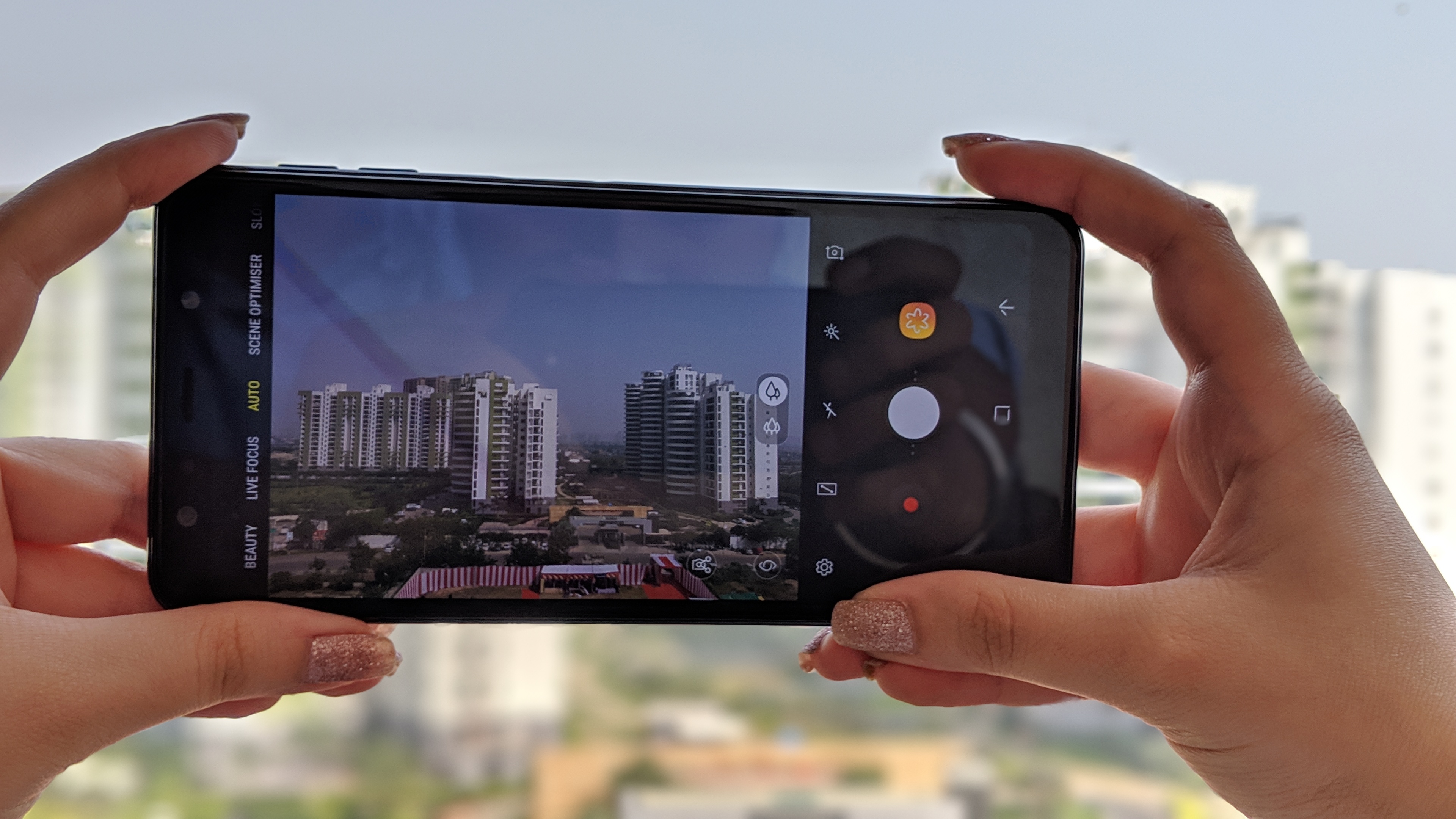
The main camera setup on the Galaxy A7 (2018) is quite similar to the setup we've seen on previously launched Galaxy A6. You can read about the main cameras in our Samsung Galaxy A6 (A6+) Review.
The highlight here is the ultra wide lens and that's where we're focusing on, in this review. The 8MP sensor is undoubtedly a huge addition to a regular camera setup. LG has been providing the wide-angle lenses on their phones from quite sometime now, and that's what has been praised by many when it comes to LG smartphone cameras.
For those who don't know, the ultra-wide camera sensor uses a fixed focus lens, which means you cannot select an area to focus or add a blurry background. The images are evenly focused from one end to the other. It's not actually an issue until you are dealing with bright sunlight from the front or you are on low-light. That's because you cannot control exposure while taking the shot or even before clicking the picture.
Another limitation is the f/2.4 aperture, which restricts the wide angle sensor to allow enough light into the camera to get a clear shot in the dark. But that's where you need to use the main camera, which did a decent job in challenging light conditions, but of course, it won't be a wide shot.
The 120-degree field of view of the 8-megapixel ultra-wide sensor is great for capturing more of a scene without resorting to taking panoramas. The 8MP resolution means you can’t zoom in on photos as you can on the images taken by the 24MP primary rear camera, but I personally never felt the need to do that with any of the ultra-wide samples I took.
There's an option to switch aspect ratios between 4:3 and 16:9 on the main screen, which comes handy while experimenting with wide shots.
However, the results from the wide-angle camera are impressive. If you like getting creative with your shots, then you would love to play with the third lens.
I kept the LG G7 ThinQ as the benchmark to judge the wide angle performance, and it fared really well in terms of quality. Samsung's aggressive optimization also enhances the images with color correction and noise reduction. It would be unfair to say that Samsung has put the third sensor as a gimmick for marketing. It's an actually useful option to have on your phone. Especially, if you want to fill your Instagram feed with GoPro like immersive looking pictures.
Camera samples



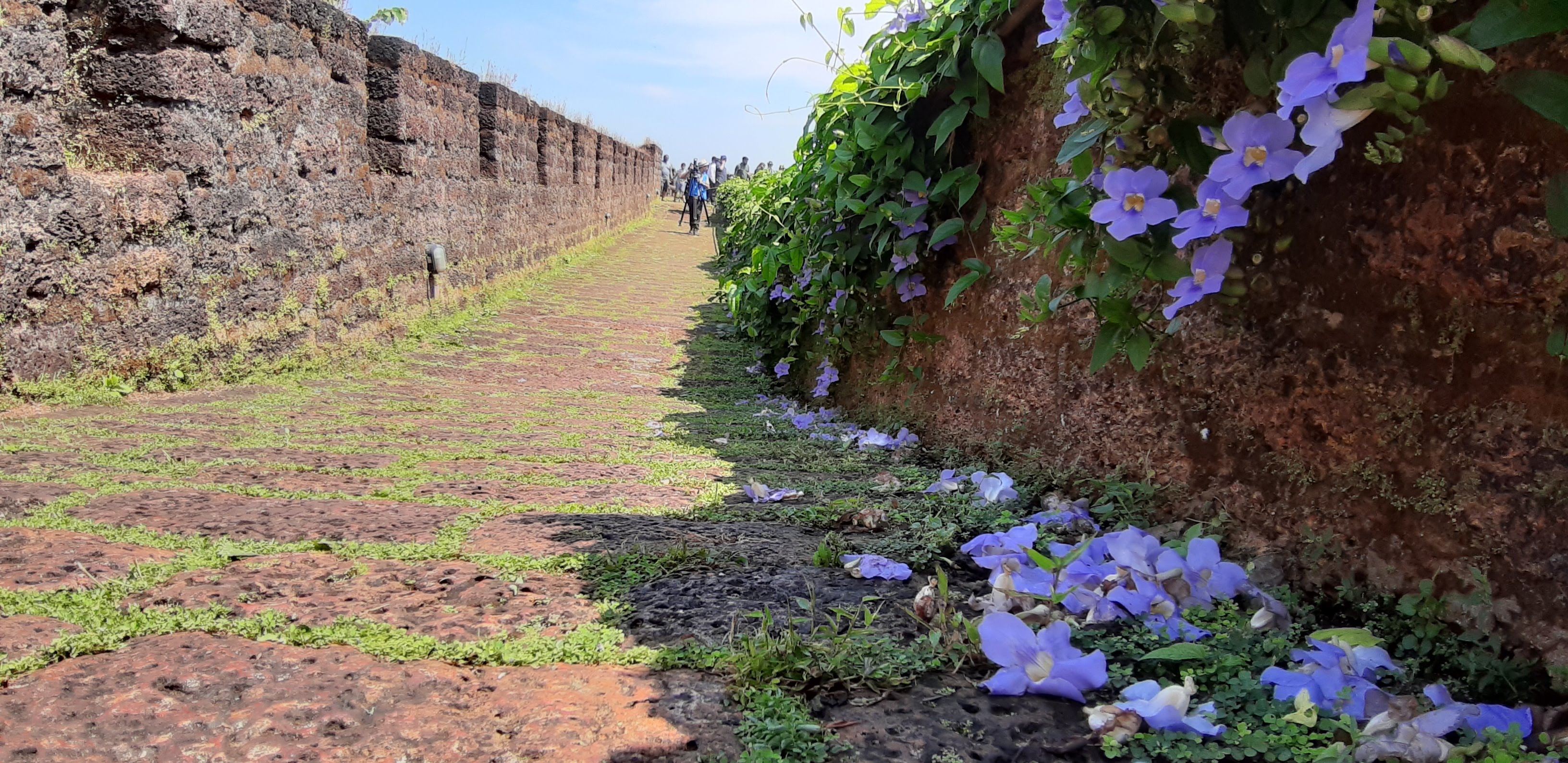
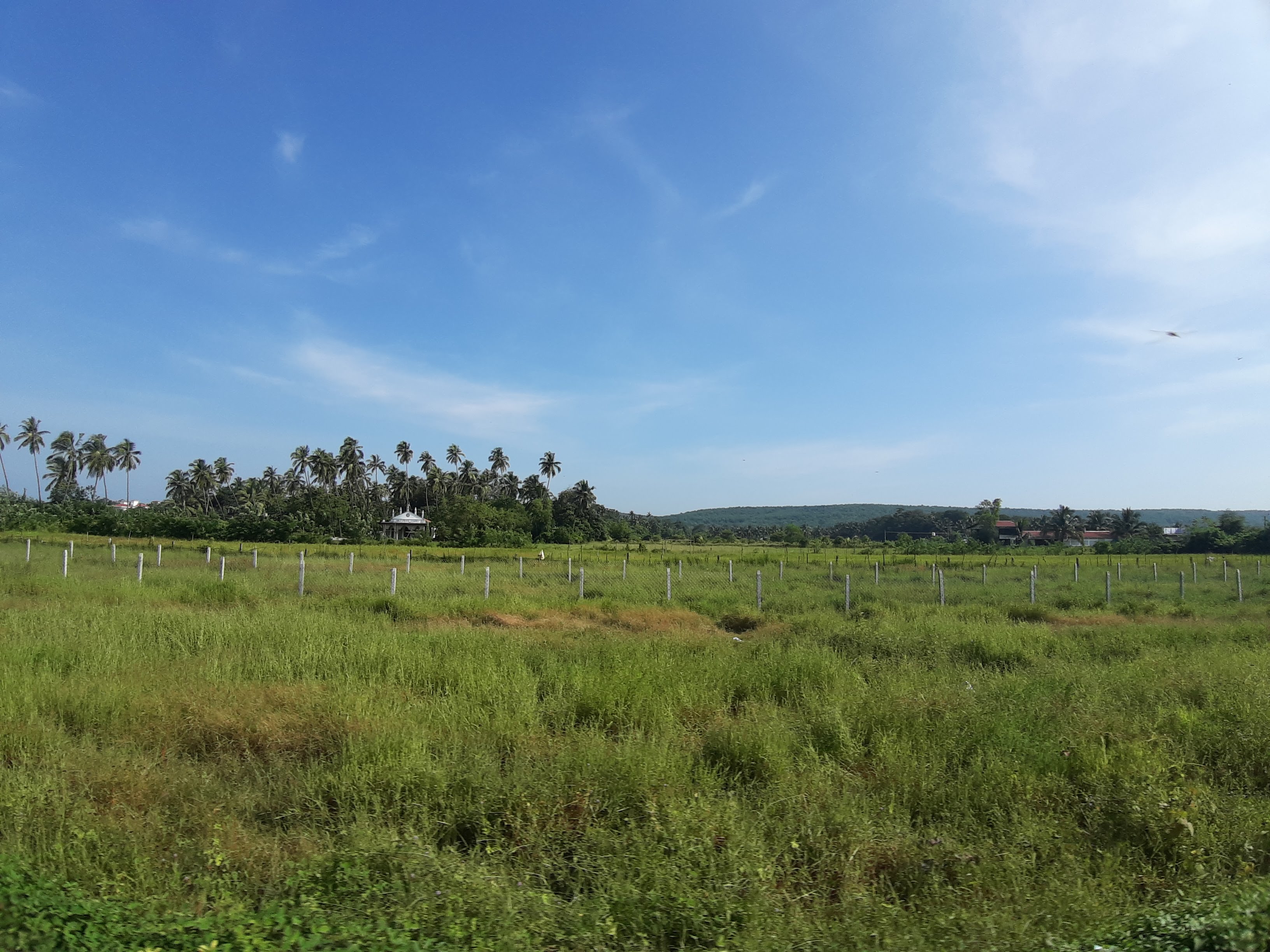
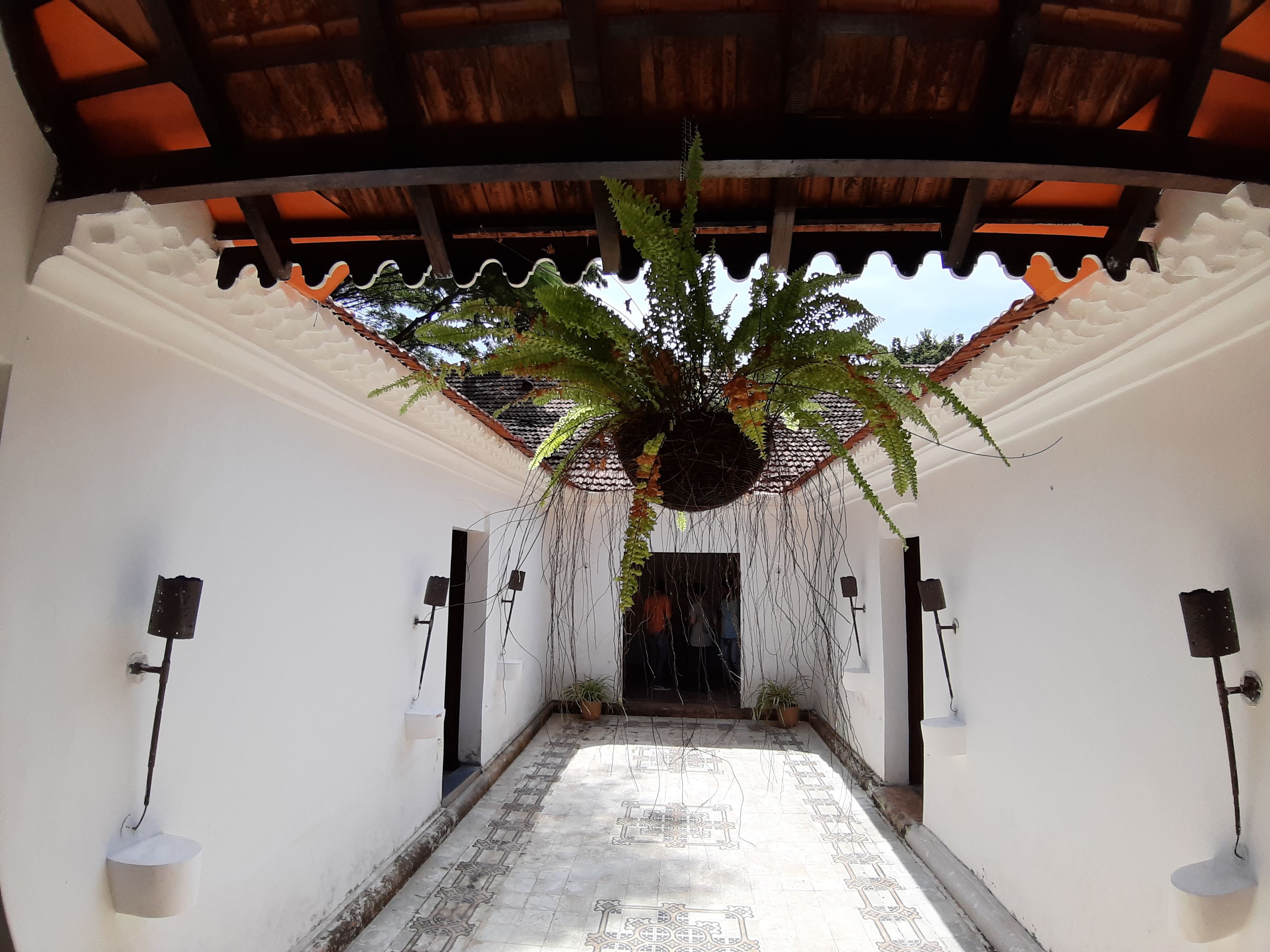
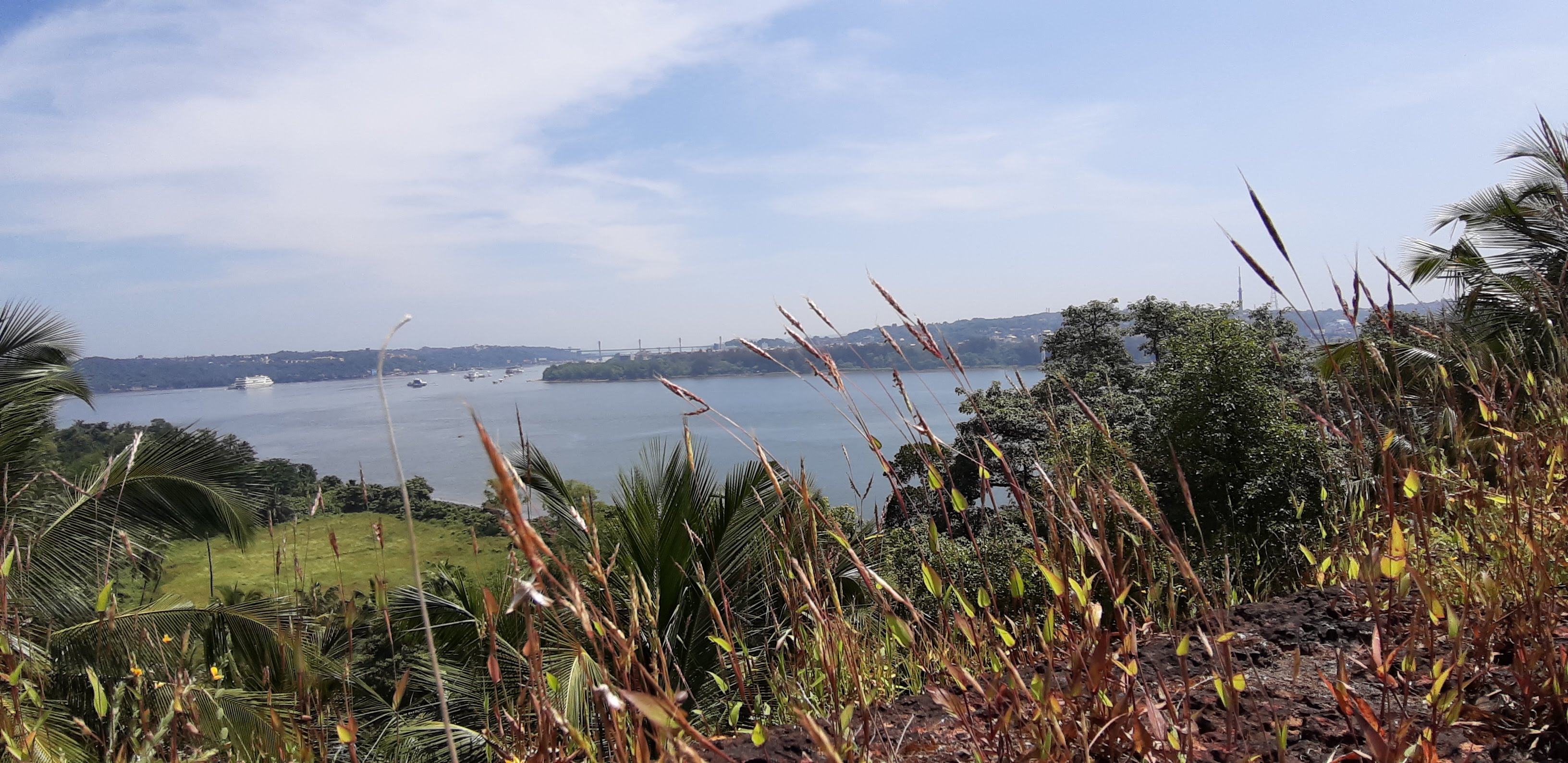
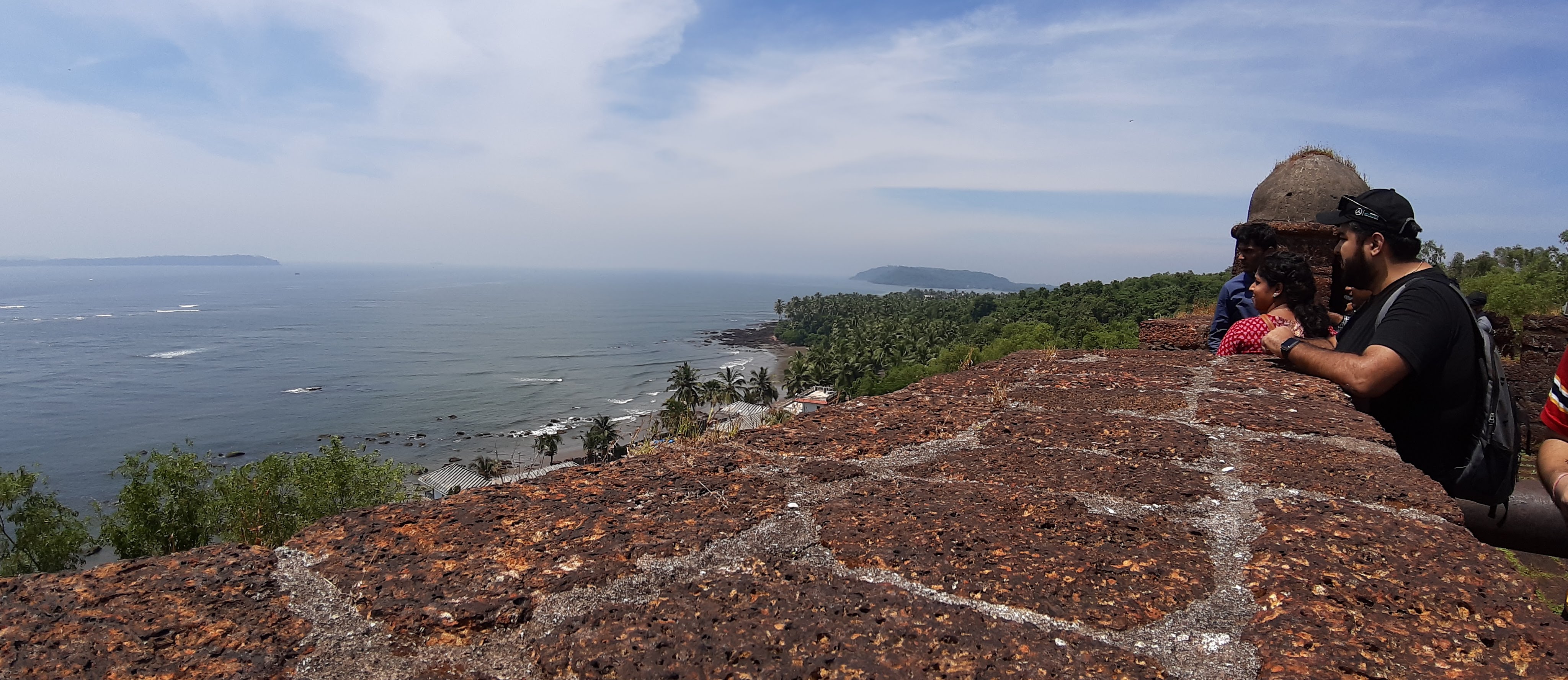

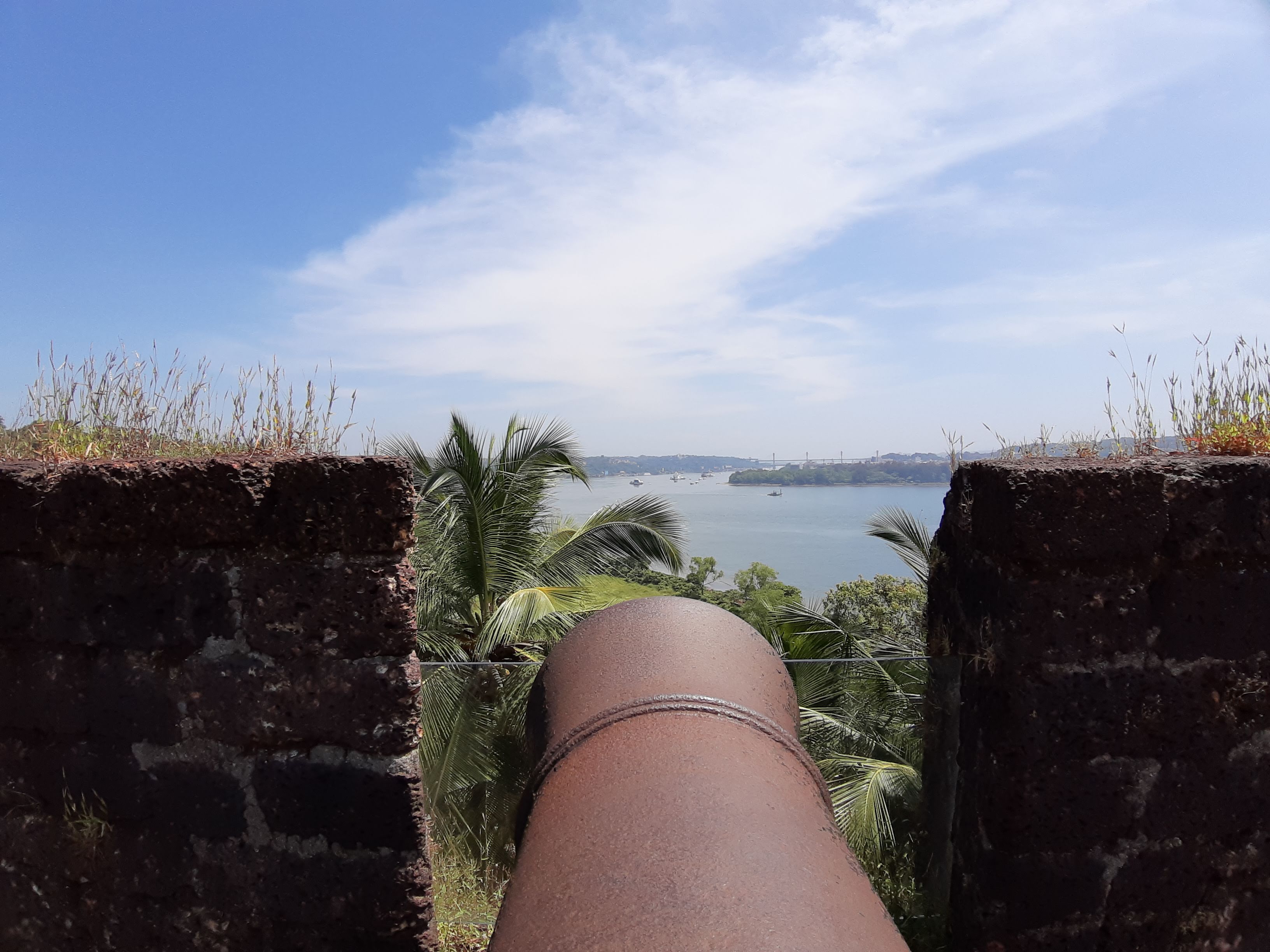
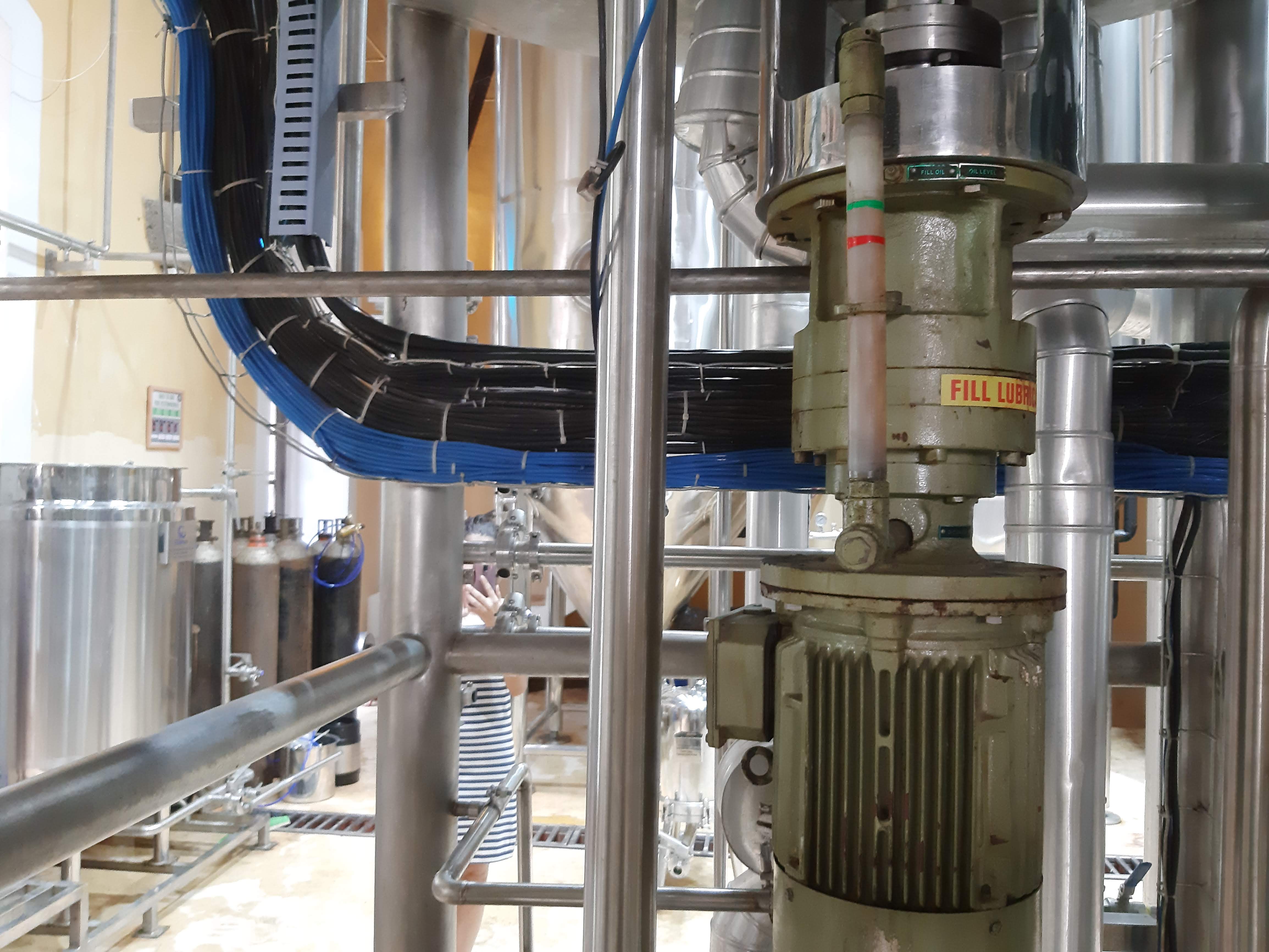
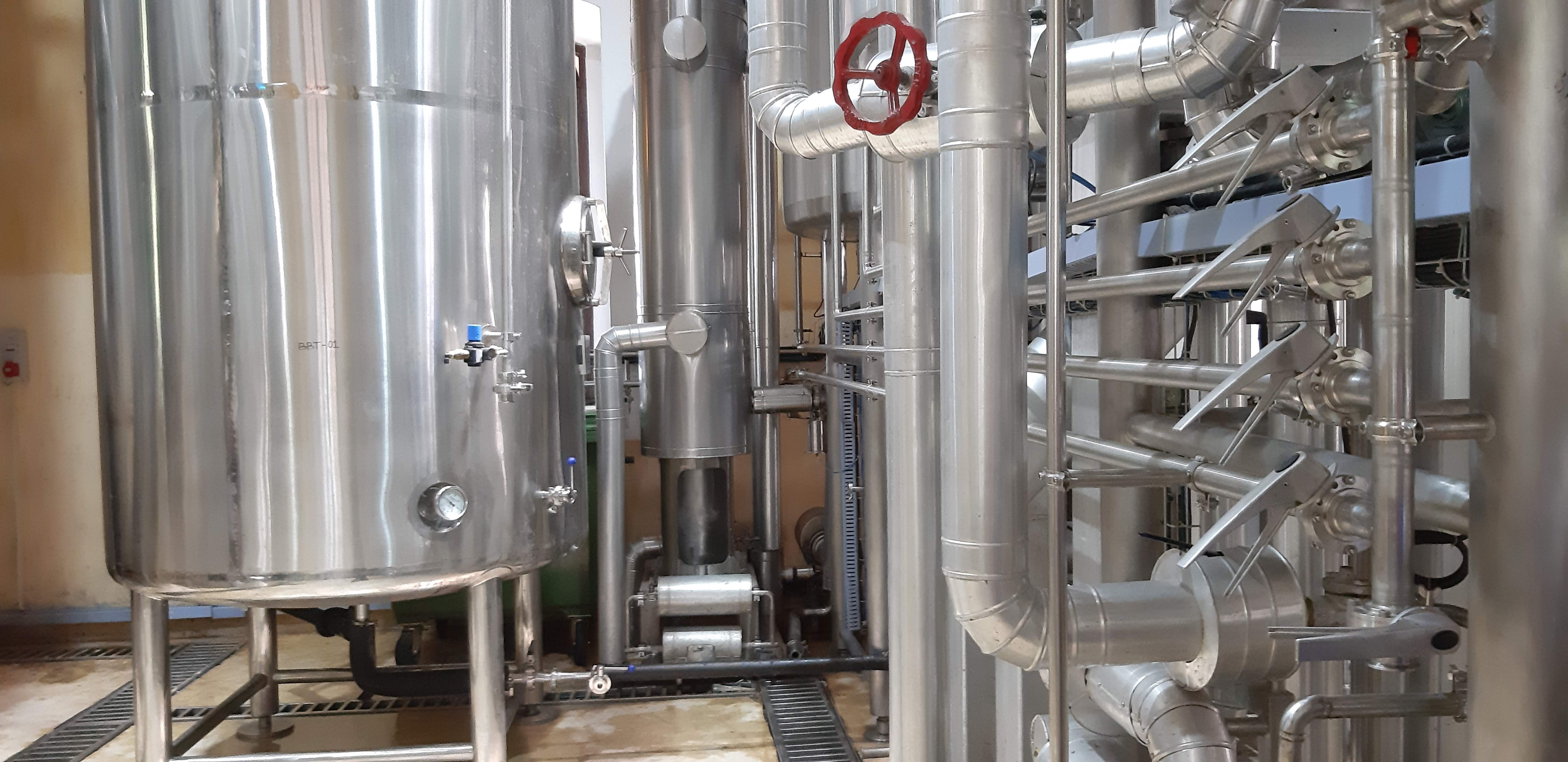

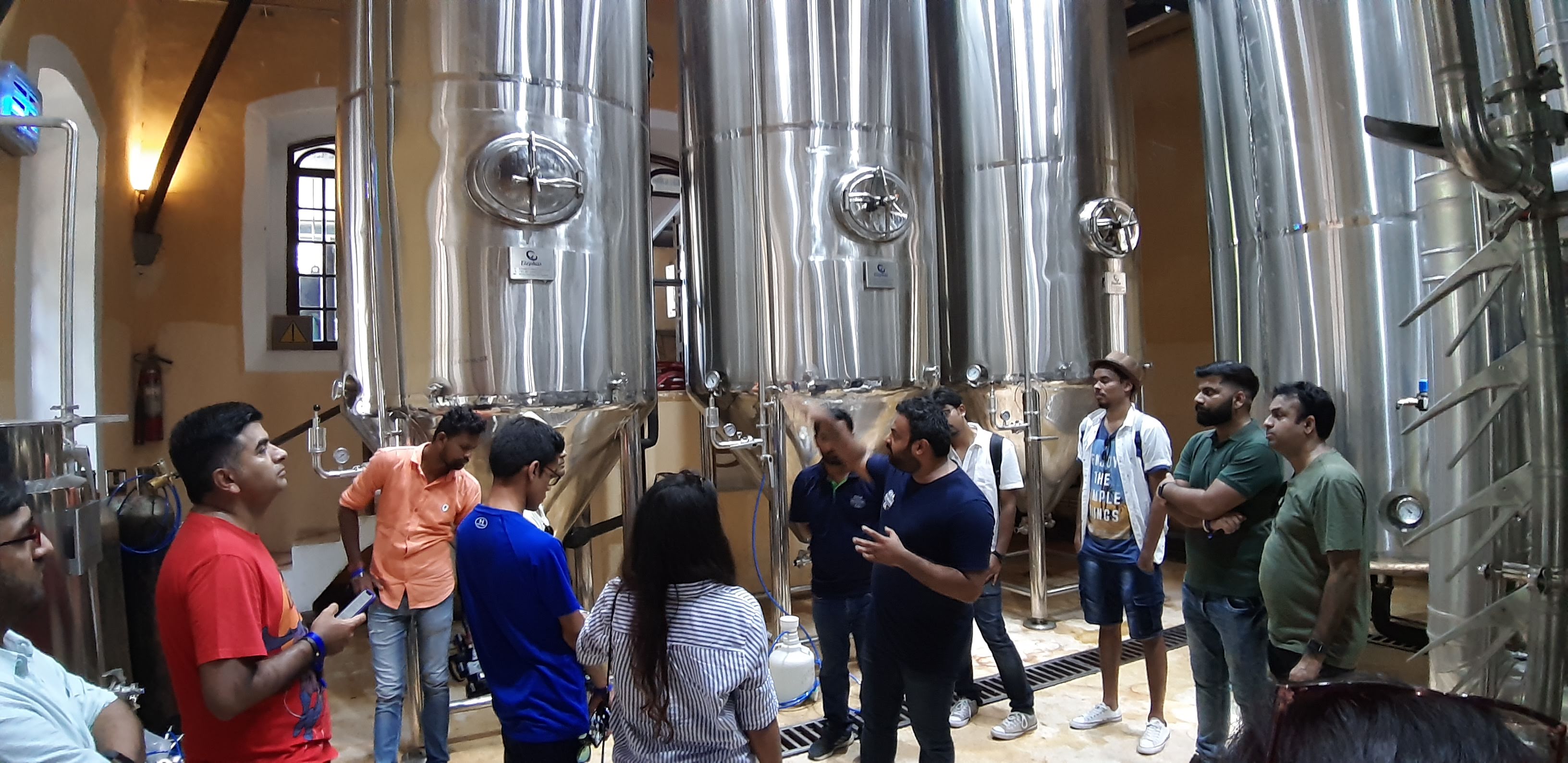
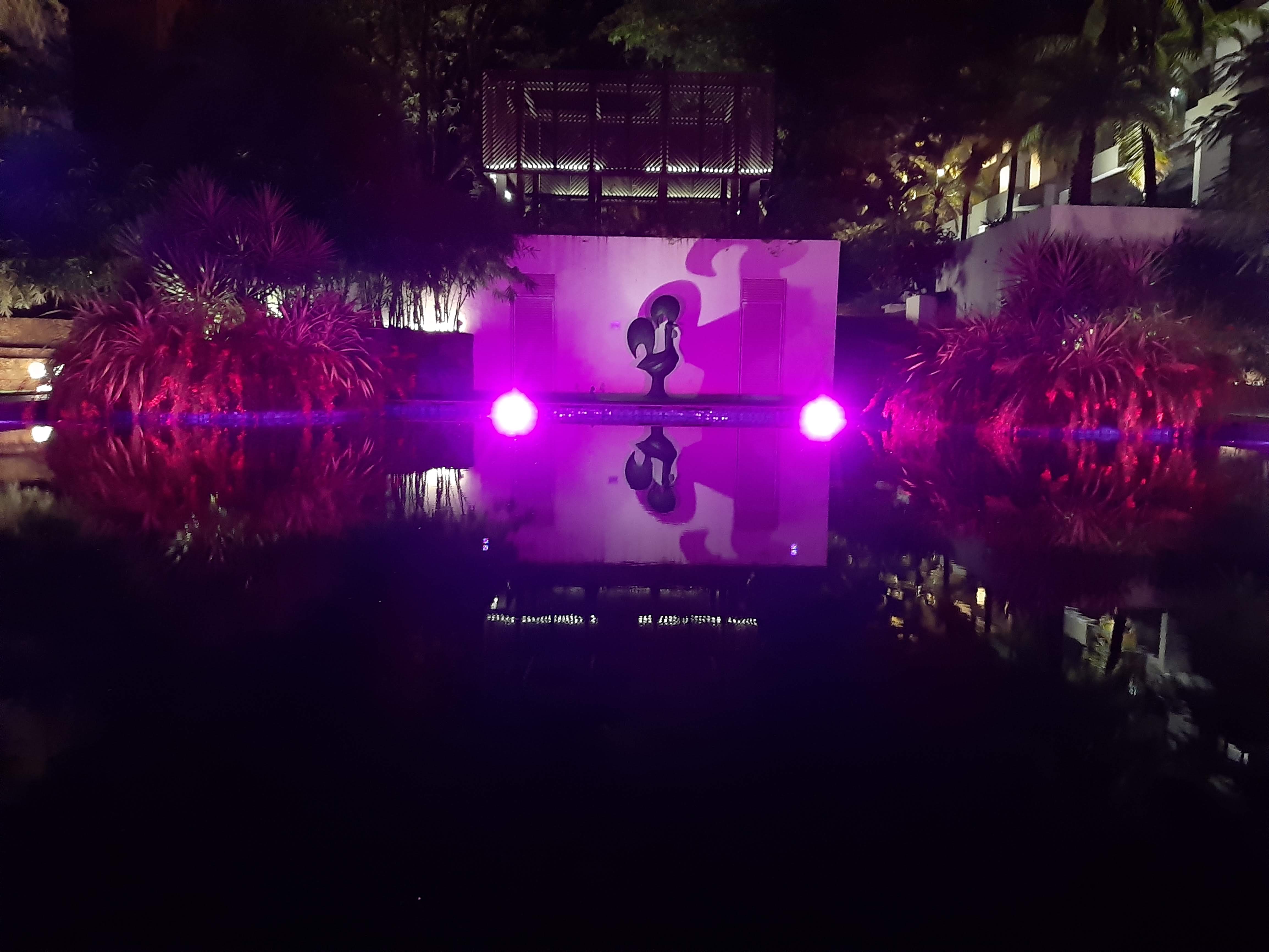
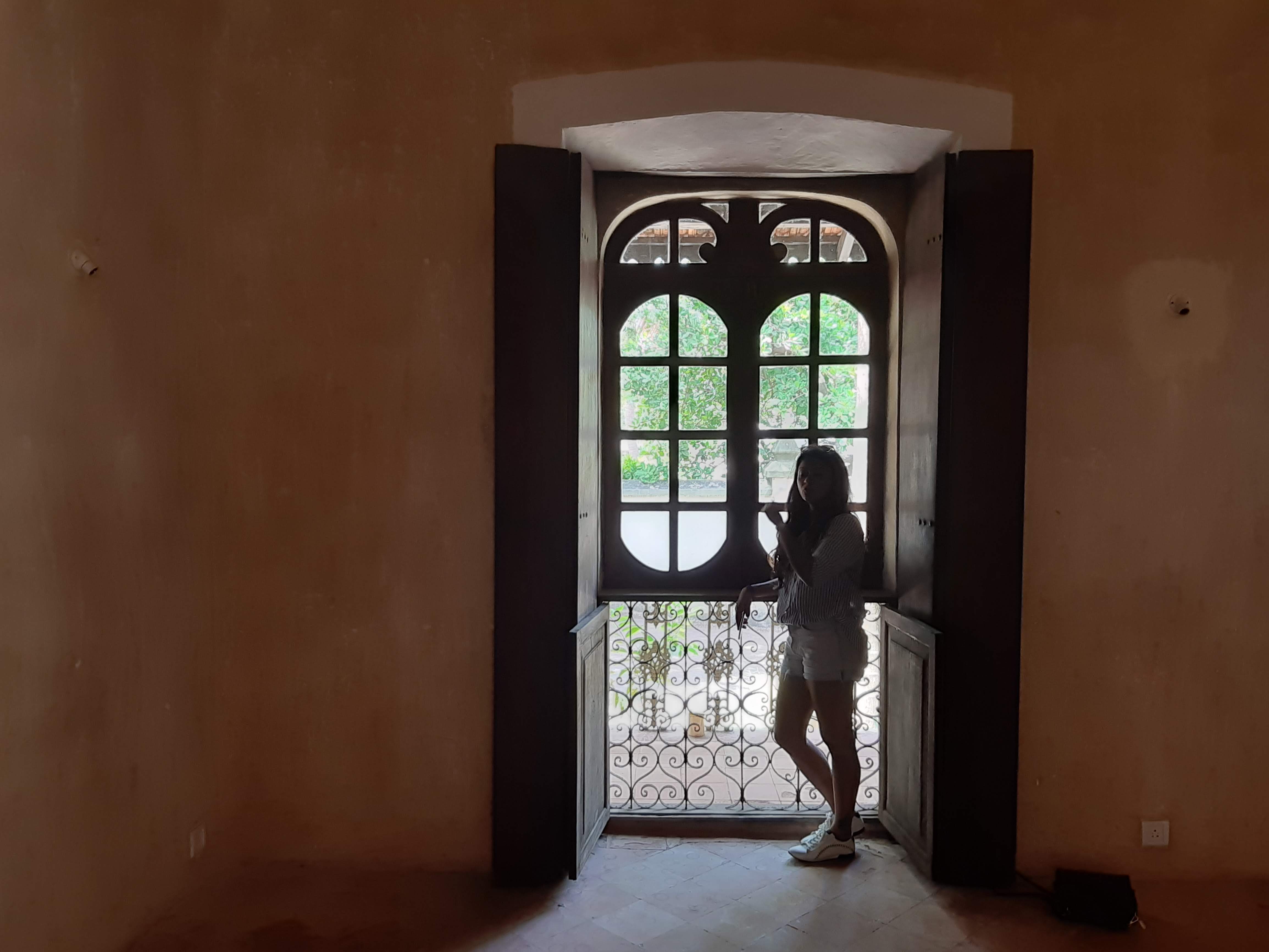
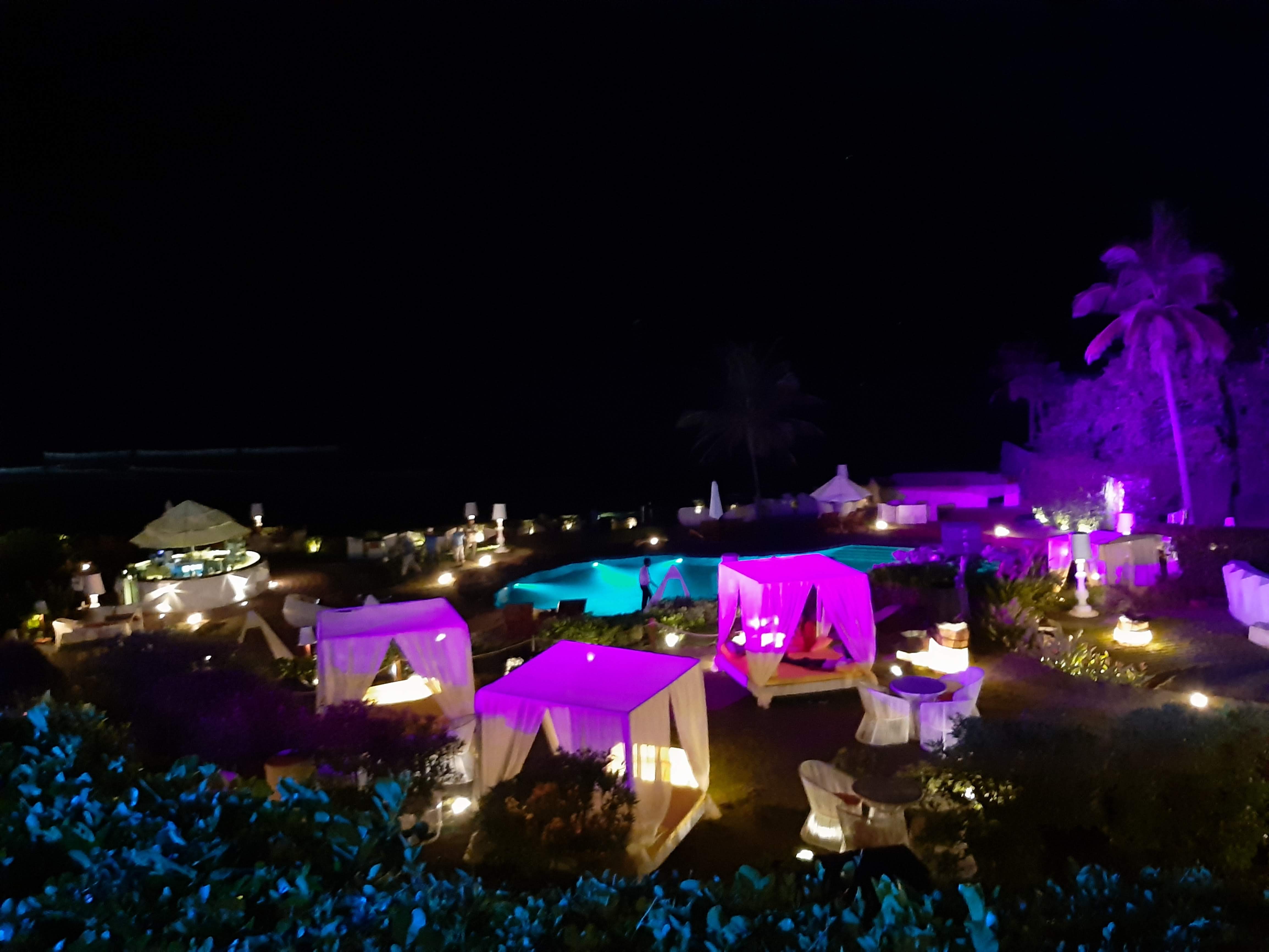

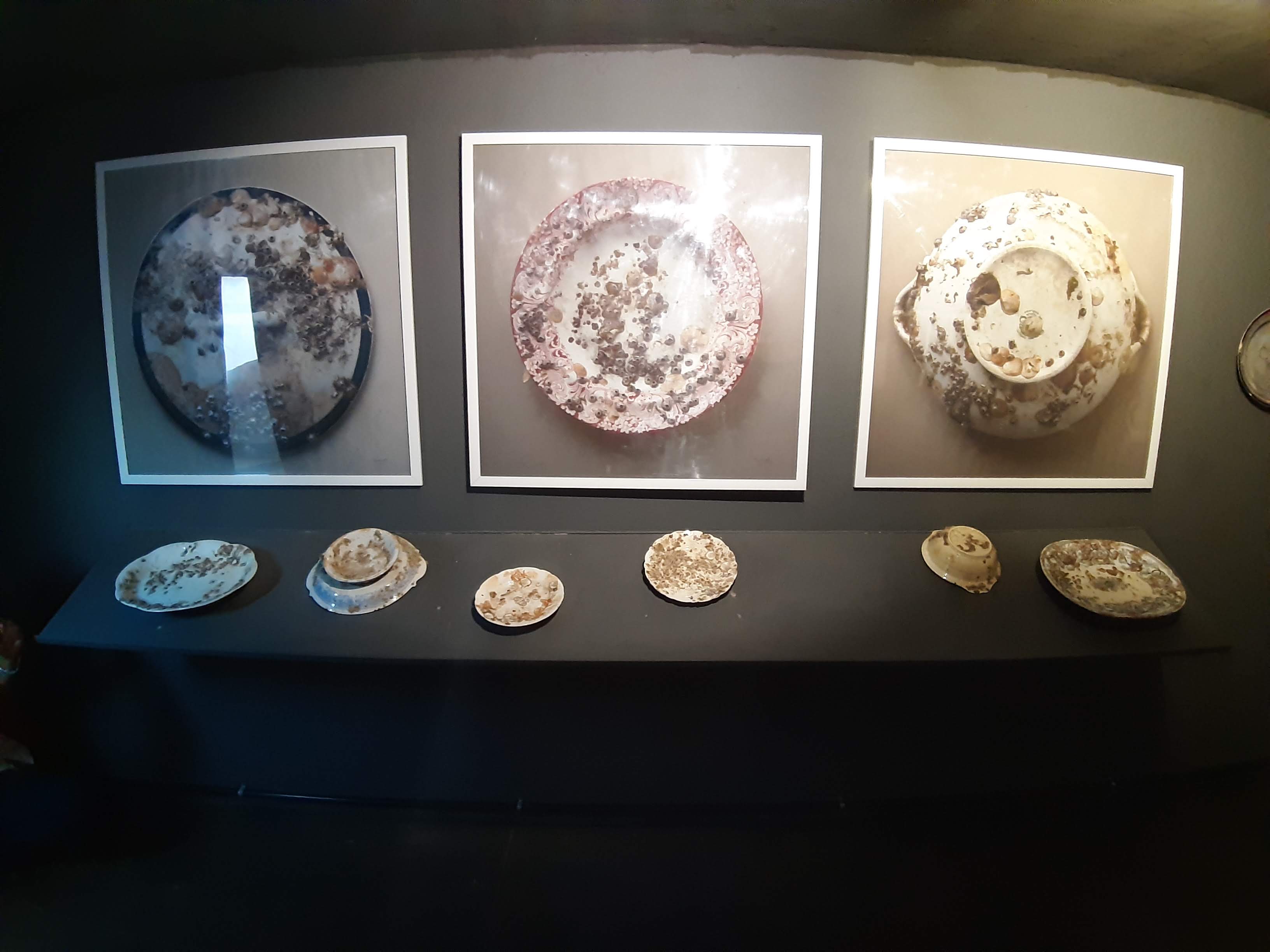
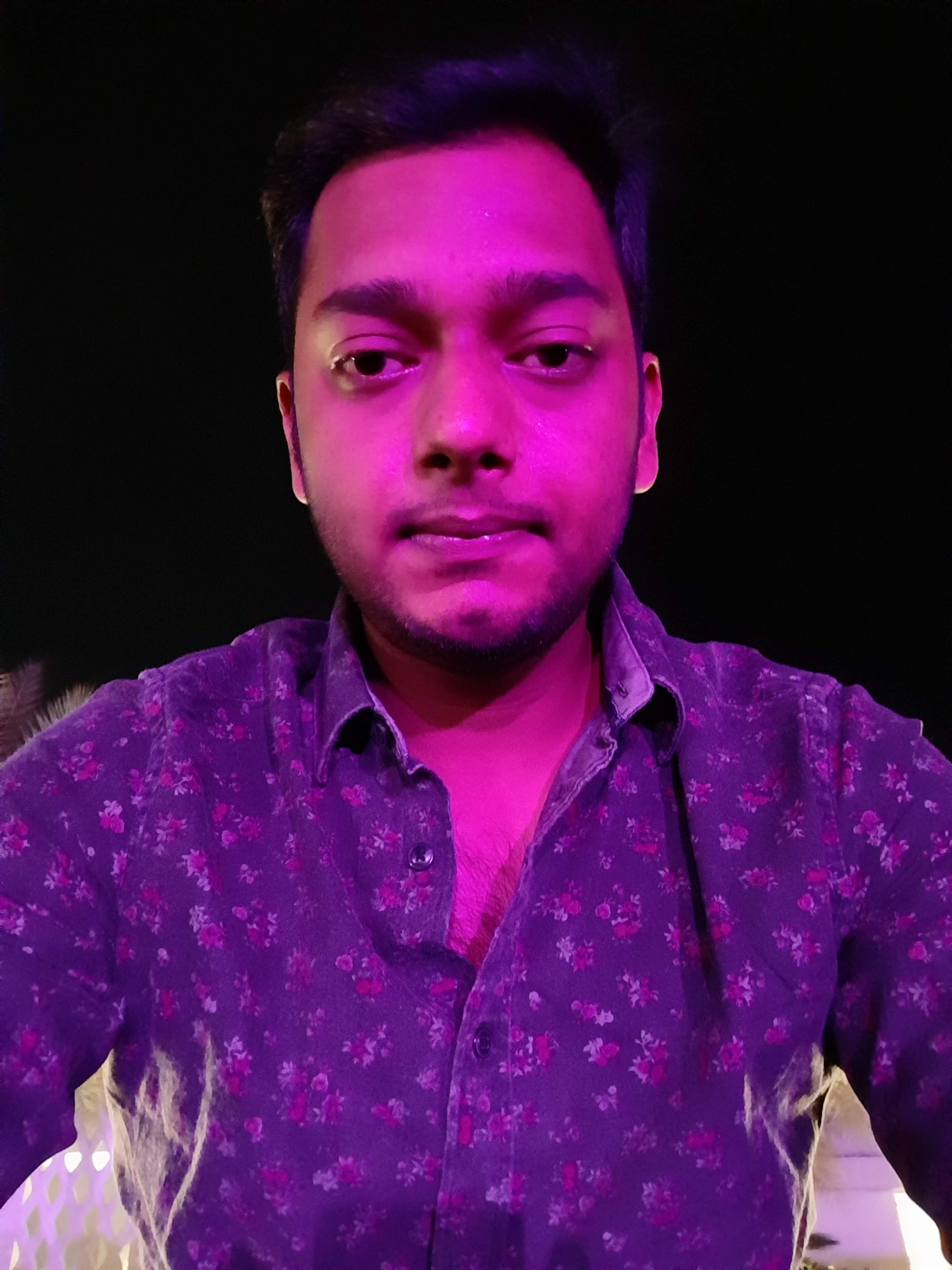
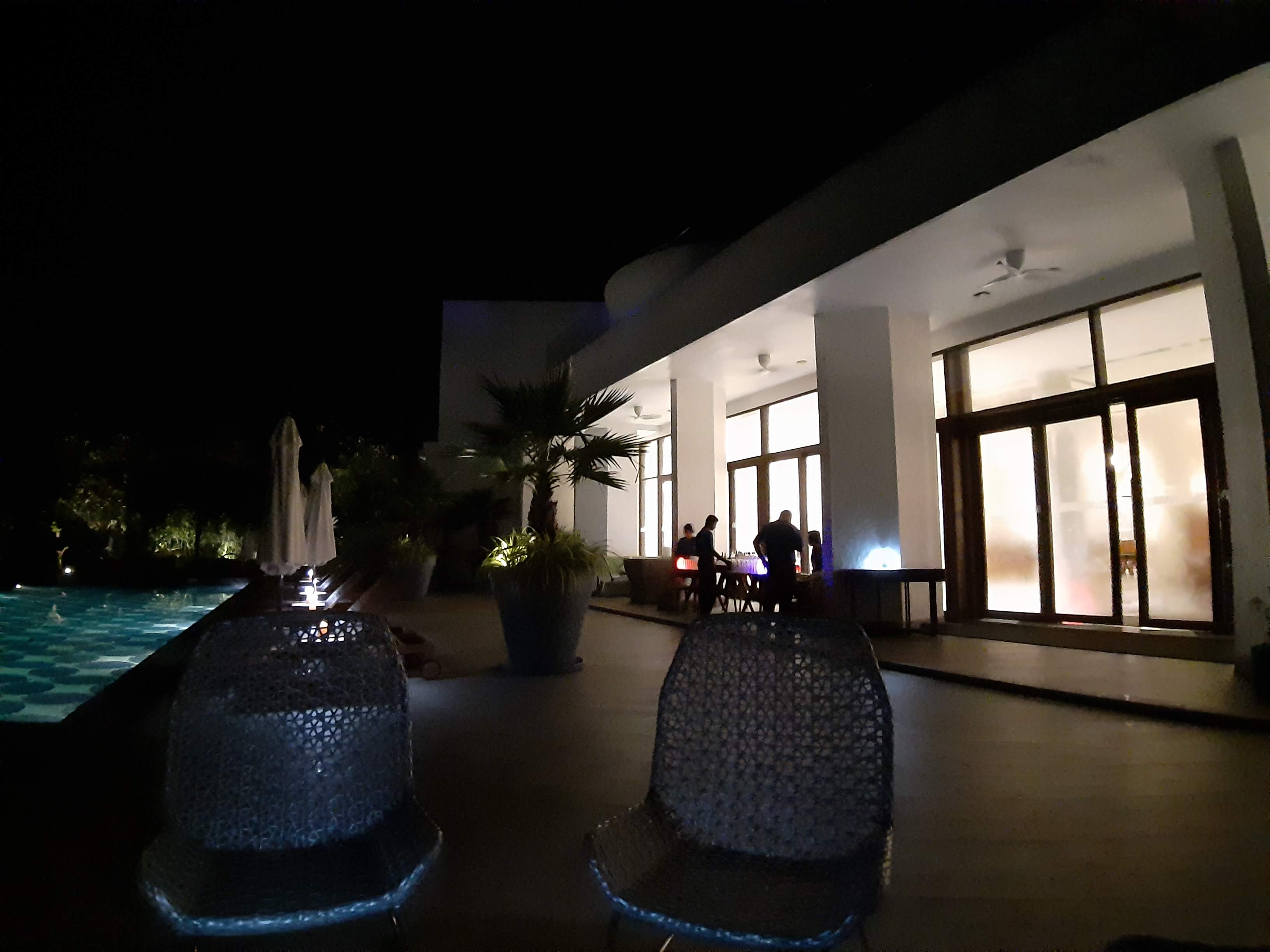
Current page: Battery life and camera
Prev Page Introduction, key features and design Next Page Anything else I should know?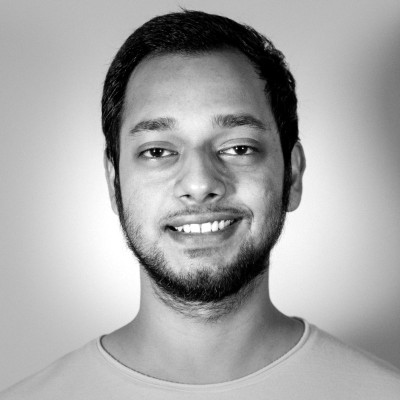
Sudhanshu Singh have been working in tech journalism as a reporter, writer, editor, and reviewer for over 5 years. He has reviewed hundreds of products ranging across categories and have also written opinions, guides, feature articles, news, and analysis. Ditching the norm of armchair journalism in tech media, Sudhanshu dug deep into how emerging products and services affect actual users, and what marks they leave on our cultural landscape.
His areas of expertise along with writing and editing include content strategy, daily operations, product and team management.